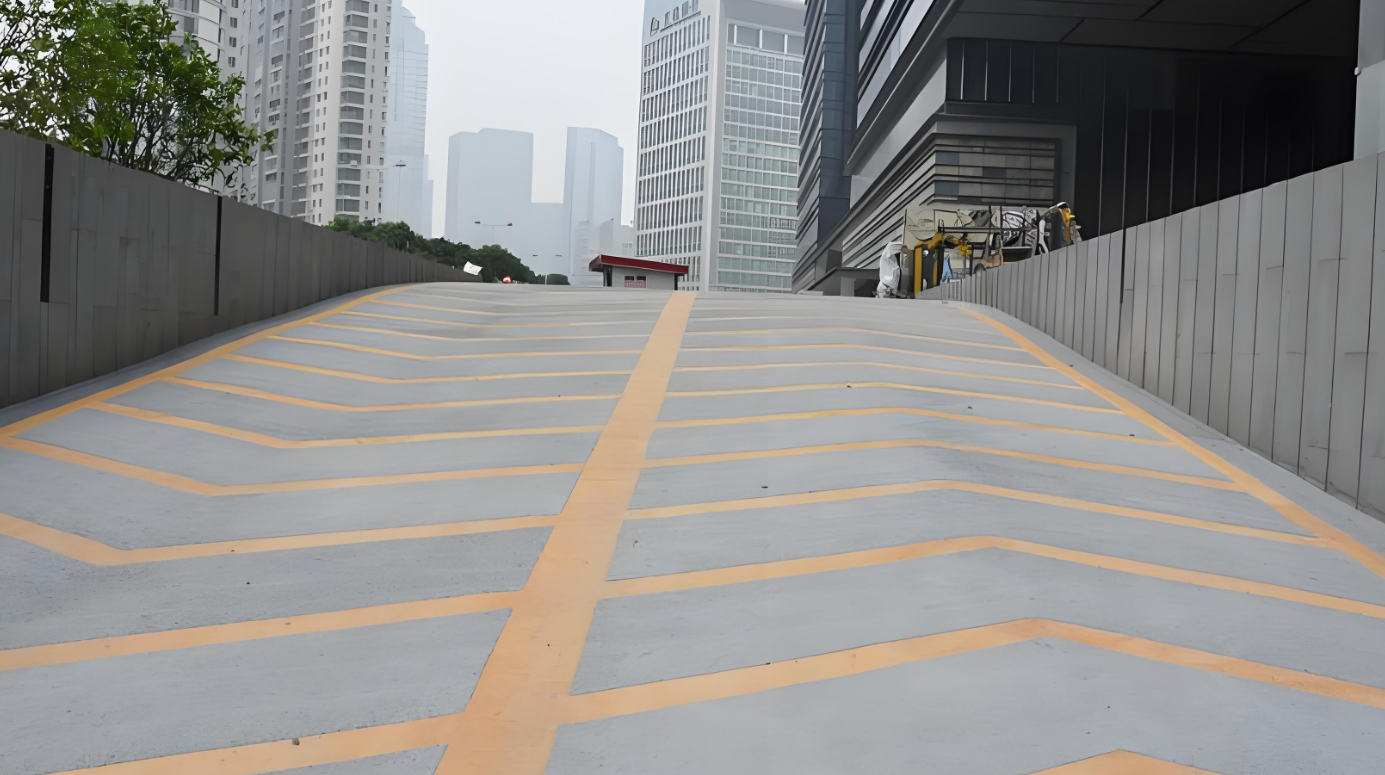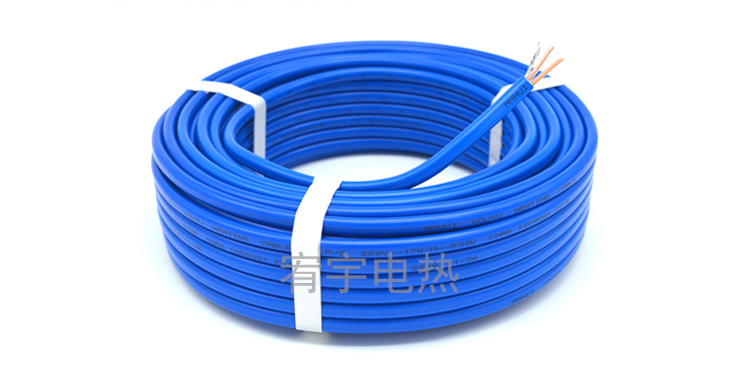Heating Mechanism: The heating cable uses alloy resistance wire or conductive polymer material inside the heating cable, which generates heat energy (40℃~65℃) through Joule effect after energized, and directly melts the snow and ice on the contact surface. Some high-end models support zoned temperature control to avoid localized overheating (e.g. areas near the drain).
Intelligent control:
Dual sensor linkage: temperature and humidity sensors monitor the environment in real time, and automatically start when the temperature ≤ 3 ℃ and humidity ≥ 75%, preventing icing in advance.
Internet of things integration: support APP remote control, can be linked to the weather forecast system, to achieve “pre-heating before snow”.

Second, the heating trace cable applicable scenes and design points
Key Scenes
Traffic avenues: parking lot ramps, bridge joints, bus stops (to prevent pedestrians from slipping).
Building maintenance: roof gutter (preventing water seepage caused by ice dams), underneath solar panels (improving power generation efficiency in winter).
Special needs: cold storage loading and unloading areas, helipads (high safety standards scenarios).
C. Heating cable FAQ
Q1: Will the cable be damaged if it is run over by a vehicle? A: When the driveway is paved with steel wire mesh and concrete protection layer (load-bearing ≥ 5 tons), the cable life can be up to 15 years.
Q2:Does it leak in rainy weather? A: IP68 waterproof connector + double insulation design, safe operation in rainy days.
